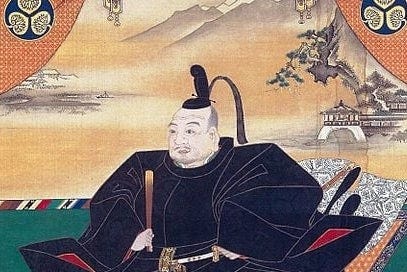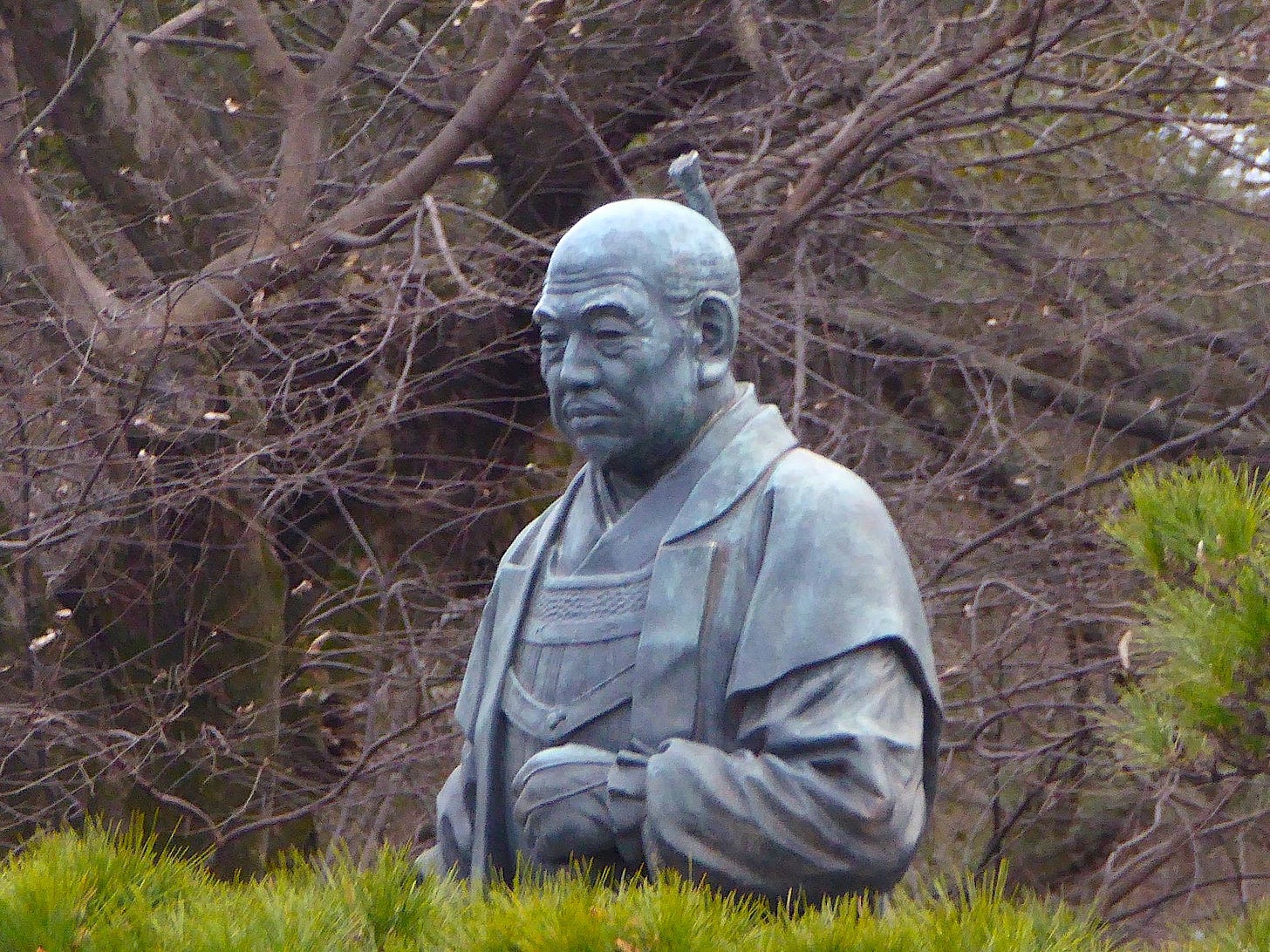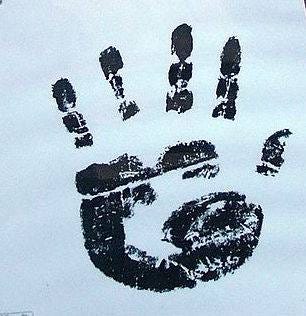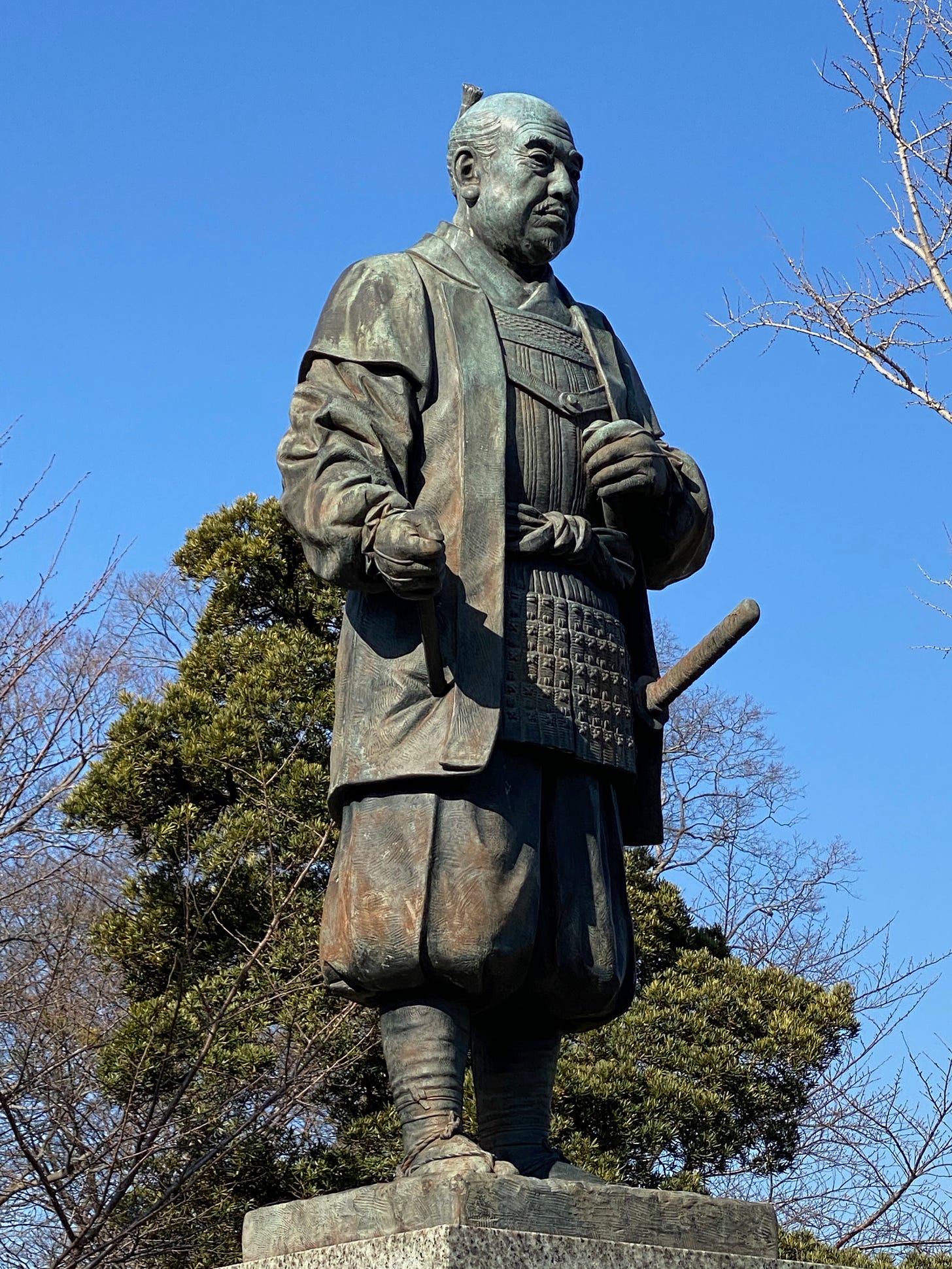Tokugawa Ieyasu, From Minor Daimyo to Major Warlord
Tokugawa Ieyasu, the first of the Tokugawa Shogun, and the third of the Great Unifiers of Japan, was born Matsudaira Takechiyo on January 31, 1543, in Okazaki Castle, Aichi Prefecture. He took part in over 90 battles during his lifetime, established the Tokugawa Shogunate and went on to not only make, but define the history of Japan.
Golden Dragon
The story goes that when Ieyasu was born, a great golden dragon took to the skies over Okazaki, signifying the child was destined for greatness. For that reason, there is a popular shrine dedicated to the Golden Dragon within the grounds of Okazaki Castle. Ieyasu’s father, Matsudaira Hirotada, was master of Mikawa Province, sandwiched between the powerful Imagawa clan of Totomi to the east, the mighty Oda clan of Owari to his west, the Takeda to his distant north and the Pacific Ocean to his south. Recognizing his precarious position, he was forced to ally himself with either the Oda or the Imagawa to maintain his lands. Eventually he decided the best course of action was to side with the larger, more stable warlord, Imagawa Yoshimoto.
Child Hostage, Early Battles
To secure the alliance and gain their trust to help protect Mikawa from the Oda clan, Hirotada sent his six-year-old son Takechiyo, the future Tokugawa Ieyasu, as a hostage to the Imagawa. En route to his captors’ castle at Suruga, the convoy was suddenly detoured by a maverick vassal entrusted to deliver the boy to the Imagawa. Instead, Ieyasu was taken west to to Owari and Oda Nobuhide, who offered peace terms to the Matsudaira clan on such difficult conditions that Hirotada refused even at the risk of his young son’s life. Ieyasu was then confined to Nagoya Castle (where he most probably came in to contact with a young Oda Nobunaga), and billeted to the home of the Oda vassals, the Kato clan's villa located immediately south of the Great Atsuta Shrine.
Some three years later, Imagawa Yoshimoto’s samurai attacked the Oda held Anjo Castle, capturing Oda Nobuhide’s other son, Nobuhiro, and exchanged him for Ieyasu. Ieyasu would spend the following ten years under the control of the Imagawa.
Ieyasu first tasted battle in the 1558 Siege of Terabe Castle, where he showed great leadership abilities heading an army against the Oda allied fortress. He saw further action in the 1560 battle between the Imagawa and the Oda at Okehazama, when the estimated 25,000 Imagawa soldiers were trounced by some 2,500 Oda samurai. Ieyasu had been tasked with capturing Oda castles and with replenishing supplies at the Imagawa allied Odaka Castle and was away from the Imagawa camp at the time of Nobunaga’s surprise attack. With the death of Imagawa Yoshimoto, Ieyasu was at last free. Upon his return to Okazaki Castle he claimed his position as clan head, and later allied himself with Oda Nobunaga, who had indirectly brought about his freedom.
Ieyasu faced near total defeat in 1573 when the Takeda clan attacked his northern provinces of Totomi in the Battle of Mikatagahara. Two years later, and with the assistance of Oda Nobunaga, he would get his revenge, almost completely decimating the Takeda forces at the Battle of Nagashino.
Following the death of Nobunaga in 1582 at the Honno-ji Incident, Ieyasu would face off against rival warlord Toyotomi Hideyoshi at the battle of Komaki Nagakute in 1584. While exactly who won this particular battle overall is still contested to this day, the two sides would coolly and quietly return to their domains, although relations between the powerful men would later improve. Ieyasu would come to serve Toyotomi Hideyoshi. During the Siege of Odawara in 1590, Hideyoshi suggested that Ieyasu accept the Kanto districts (around modern-day Tokyo) and base himself in rural Edo. Ieyasu agreed. He knew the area to have potential, and so he moved his seat of power to Edo, and steadily increased his influence.
Ieyasu’s Rise to Supremacy
On his deathbed Toyotomi Hideyoshi, having ruled a unified nation for nearly 15 years, called for the then 56 year old Ieyasu. Hideyoshi who had done so much to unify and stabilize Japan was entrusting the most powerful of all the daimyo to lead the council of regents who would attend to his five year old son and designated heir Hideyori. Ieyasu readily agreed and upon the death of the Taiko, or ‘Great Chancellor’ as Hideyoshi was titled, Ieyasu installed himself in Hideyoshi’s sumptuous Fushimi Castle and immediately began to make moves to assume complete power of the country.
His actions invoked the ire of a number of his contemporaries, many of whom openly condemned his plans, instantly ripping the nation into two factions, east and west. These two great armies clashed on October 21, 1600 on the small plain of Sekigahara, the gateway between the mountains dividing the country, and where the strategically important arterial routes, the Tokaido and Nakasendo highways merged. Ieyasu would emerge victorious from what was to become the biggest, bloodiest, most decisivefield battle in samurai history.
After victory at Sekigahara, Ieyasu was made Shogun, and established his government in his castle lands of Edo. Three years after becoming Shogun, Ieyasu relinquished the position to his son and heir, Hidetada, but remained politically — and militarily — powerful behind the scenes.
Ieyasu was aware that as the Toyotomi clan existed and many western based daimyo remained loyal to the Toyotomi, the potential for war remained real. In an effort to cement his position as ruler of Japan and bring peace once and for all, Ieyasu sought to destroy the Toyotomi. Two great battles, the Sieges of Osaka Castle, the 1614 Winter Siege, and the 1615 Summer Siege took place, resulting in Tokugawa victory and the end of the Toyotomi. Japan was at last at peace. Ieyasu died not long after, having established a dynasty that would rule Japan for 260 years.
Ieyasu, the Man
Tokugawa Ieyasu stood 156.5cm tall. His hands were large for his size, measuring 18cm from the lower edge of his palm to his middle fingertip. (His left hand featured a single prominent straight line running across the palm. Apparently, palm readers attribute this as a sign of greatness.) While his palms were large and wide, his fingers were quite short in proportion.
Details remaining from his order-made tabi footwear show Ieyasu’s feet were 22.7cm, quite small for a man. Although he was slim in his younger days, he grew larger as he aged, with a girth of 100 to 120cm. It is interesting to note the increases in the size of Ieyasu’s extant armors as he aged. Despite his waist size and elevated status, Ieyasu rarely ate large and sumptuous meals, preferring simple fare. He maintained a keen interest in fitness and health, and studied traditional herbal medicines. He would often offer medicinal advice to his retainers and the daimyo. He enjoyed hawking, swimming and an active lifestyle. It is said that Ieyasu would often swim in the moat of Edo Castle, and later in Sumpu Castle’s moats for fitness.
In times of stress, Tokugawa Ieyasu was prone to biting his nails – particularly the little finger of his left hand. During the battle of Sekigahara, it is said he he bit his nails until they bled. The usually calm Ieyasu also repeatedly pummelled his fist in frustration on the saddle of his prized horse, Shiraishi (literally, “White Stone,” despite the fact that the beast was black). Also during the battle of Sekigahara, the mostly composed Ieyasu lost his temper and drew his sword on one of his own men - a samurai who in all excitement breached protocol by mounting his horse before Ieyasu. At another stage, angered at the time this battle was taking, he drew his tachi sword and cut through the pole of a tall nobori banner held by one of his samurai attendants.
Death of Ieyasu
Tokugawa Ieyasu died June 1, 1616 aged 73, a ripe old age in a time when the average lifespan was only around 50. The story goes that he died after eating fried fish tempura while falconing near Tanaka Castle in Shizuoka. While there have long been rumors that he was poisoned, modern researchers believe that the oily, rich tempura simply upset Ieyasu’s onset stomach, possibly pancreatic cancer.
Ieyasu’s final resting place remains contested. His body is believed to be buried as per his will at the top of Kunouzan above the Kunouzan Toshogu, in Shizuoka, while his spirit is enshrined in the magnificent Toshogu at Nikko. Another premise is that his body was removed from the cylindrical crypt on Kunouzan and reinterred at Nikko. He had stated in his will that the “Funeral is to held at the Zojo-ji Temple in Edo, and that Small and discreet shrine is be built at Nikko”, however his adoring grandson built the grandest shrine of all, the Nikko Toshogu. The original structures and general layout were designed by Ieyasu’s close friend and confidant, the master castle builder, TodoTakatora. Interestingly, Nikko lies along a straight path, direct from Kunouzan, to Mt. Fuji, to Nikko, which also lies in a straight line facing the North Star’s position in the night sky.
Tokugawa Ieyasu remains a well-respected historical figure, a focus of admiration and inspiration for many, a hero who forged a nation.









